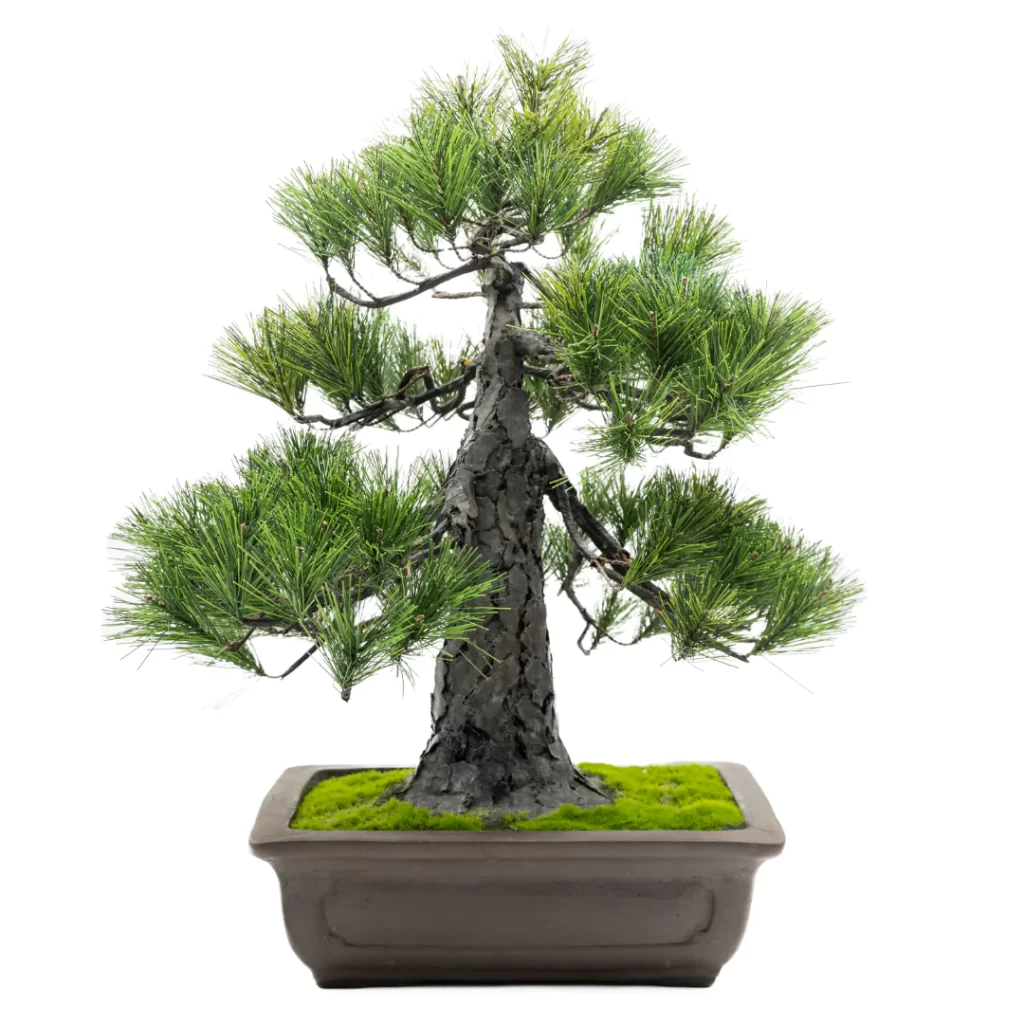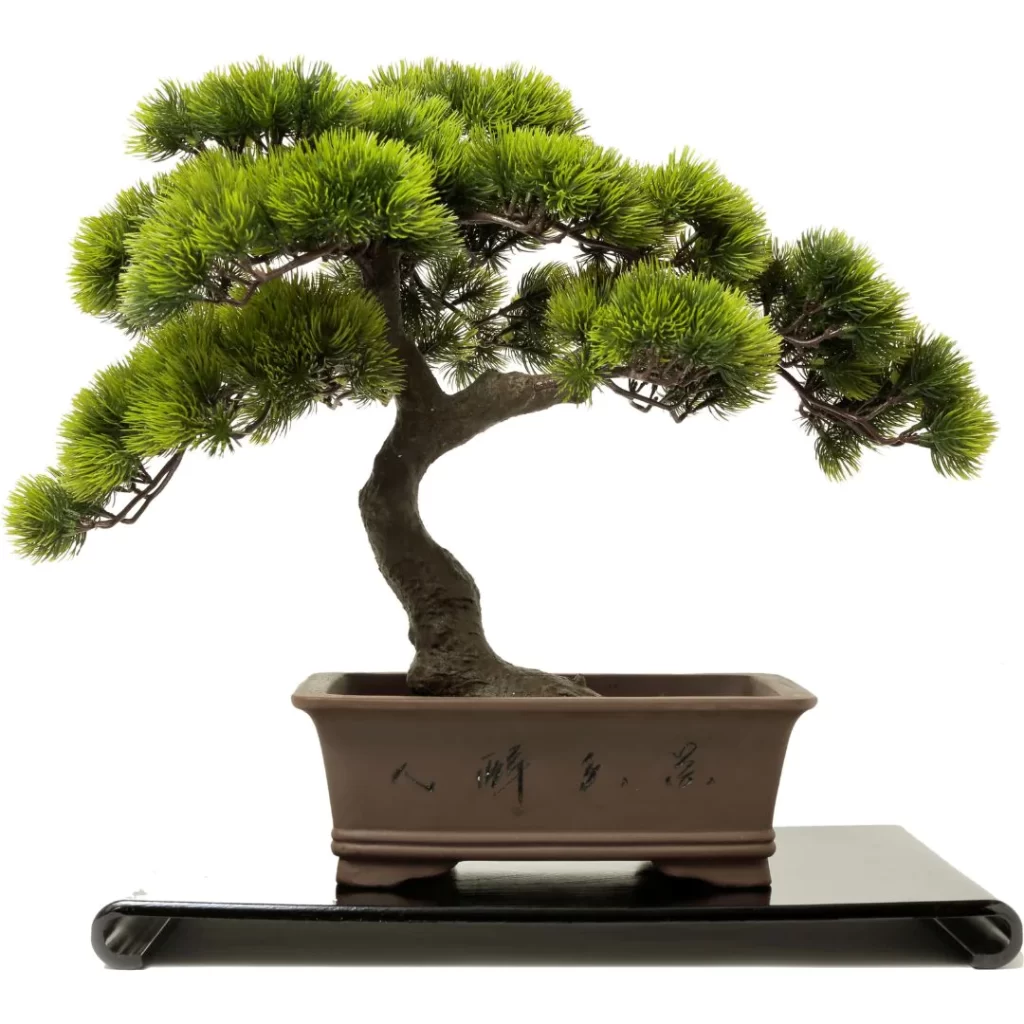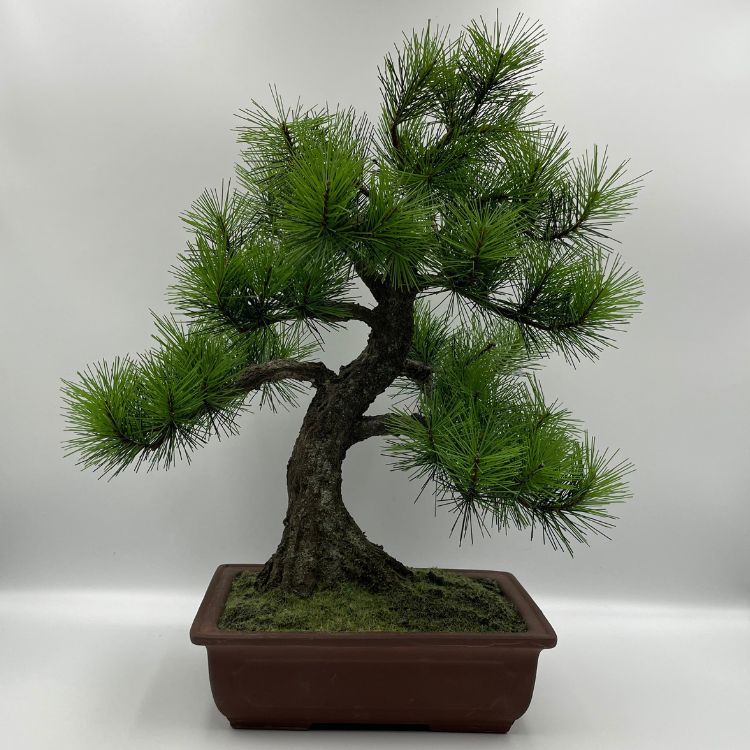
商品概要
法人のお客様
弊社商品を法人向け取引条件でご提供いたします。
個別要件に対応した個別商品のご相談にも極力対応いたします。
お取り引き内容をCONTACT(問い合わせ)ページからお気軽にお問い合わせください。
ARTIFICIAL BONSAI
人工盆栽 “A-BONSAI”
メインテナンスフリーの五葉松の本格的サイズの本物と見間違える高級感漂うアーティフィシャルBONSAI
What’s BONSAI?
盆栽とは
盆栽の歴史
盆栽は中国の「盆景」がルーツです。平安時代に、中国から盆景が日本にもたらされました。室町時代に入ると、日本独自の盆栽的なものに変化しました。江戸時代には鎖国政策が取られ、その結果、盆栽は日本独自の文化として発展しました。特に、三代将軍徳川家光も盆栽を愛好していました。皇居には現在も徳川家光が愛好した「三代将軍」と命名された五葉松が生存しています。
江戸時代には、参勤交代の道中で楽しむために小品盆栽が生まれました。明治時代になると、盆栽は現在の形態に変化しました。この時代には、針金成形技法の技術も発展しました。明治6年(1873年)にはウィーン万博で盆栽が展示され、明治11年(1878年)にはパリ万博でも展示されるなど、盆栽は国際的な注目を集めました。
昭和39年(1964年)には、東京オリンピックに合わせて「オリンピック記念盆栽水石展」が開催され、盆栽から世界的な「BONSAI」という名称が生まれました。1925年には大宮盆栽村が制定され、関東大震災で被災した盆栽業者がそこに移り住みました。1970年には、大阪で開催された日本万国博覧会で政府が盆栽水石を展示しました。
そして、1989年には大宮市で第1回世界盆栽大会が開催されました。
2021年には東京オリンピックが開催され、同じ東京オリンピックの年にA-BONSAIという新しいスタイルのアーティフィシャル盆栽が生まれました。
盆栽の楽しみ方など
中国の「盆景」は景色を上から見下げて、巨人観を楽しむ一方、日本の「盆栽」は下から見上げて、大木の下にいる小さな自分を感じ、大自然や宇宙の中の小さな存在として楽しみます。盆栽には正面があり、正面から見上げることで、より大自然を感じることができます。また、盆栽の樹形には直幹樹形以外には流れがあり、流れに応じた形や空間の配置を楽しみます。代表的な盆栽の樹形には直幹、斜幹、模様木、文人木、双幹、寄せ植え、吹き流し、株立ち、懸崖(半懸崖)などがあります。
A-BONSAIシリーズの中品(ちゅうひん)盆栽には直幹、文人木、模様木があり、順次樹形を増やします。A-BONSAI Miniシリーズの小品(しょうひん)盆栽には文人木、半懸崖、模様木を揃えています。
盆栽には、枝の樹皮が枯れた「神(じん)」や幹の樹皮が枯れた「舎利(しゃり)」といった人工的に作られます。A-BONSAIも神と舎利があるものを作っていくことを考えています。
盆栽の種類は、松柏(しょうはく)、葉物(はもの)、実物(みもの)、花物(はなもの)などがあります。A-BONSAIは特に高級感を演出可能な松盆栽にフォーカスしています。
人工盆栽 “A-BONSAI” 誕生ものがたり
大手IT企業で長年勤めて創業した、現J-和インターナショナル株式会社代表取締役の梶原は、ビジネススクールの恩師らから、グローバルな人材にとって自国の歴史、伝統、文化、宗教について深く理解し、自分の言葉で説明できることが必要だと教えられました。
その恩師たちの教えに従い、日本の歴史、伝統、文化、宗教について学び続けました。そして、コロナ禍の中で人生について深く考える時間ができたことから、改めて自身の人生において、日本の歴史、伝統、文化を伝承することの重要性に気付きました。
「日本の歴史、伝統、文化に関係するものを通じて、世界中の人々の生活を豊かにする」という企業理念を掲げ、前職を退職した後の最初の平日である2021年5月6日(木)に法人登記を行いました。前職時代には、単に知識だけでなく、大宮「盆栽」と「水墨画」というクールなアートに魅了され、それらの修行も積んでいました。
起業後、クールでありながらも生き物を扱う難しさのある「盆栽」を主要な商品とすることに決めました。しかし、世界中に盆栽を輸出する際には植物の検疫が非常に厳しいことを知ることになりました。そのため、検疫を通過する盆栽を扱うか、検疫が不要な人工盆栽を扱うかの検討を重ね、最終的に、検疫が不要な人工盆栽を企画開発製造する意思決定をしました。
2021年に、大宮盆栽を学び、本物を知る梶原がデザインした、最初のアーティフィシャル盆栽「A-BONSAI」が誕生しました。さらに、2022年から2023年に掛けて、A-BONSAIは、梶原が新たにデザインし、日本の職人が一つひとつ手作りする、世界に一つしかないメイドインジャパン商品に進化しています。
BONSAI History
BONSAI has its roots in Chinese “Bonkei
BONSAI came to Japan from China in the Heian period.
It was changed to Japanese original BONSAI style in Muromachi era.
BONSAI developed as a unique Japanese culture in the Edo period due to the isolation of the country.
The third shogun, Iemitsu Tokugawa loved BONSAI.
Five-leaf pine named “The Third Shogun” still exists in the Imperial Palace.
In the Edo period, Mini BONSAI were created to be enjoyed on the travel way.
In the Meiji Era, it changed to the present “BONSAI”.
The technique of wire arrangement was developed in the Meiji Era.
BONSAI was exhibited at the World Exposition in Vienna in 1873.
In 1878, BONSAI was exhibited at the World Exposition in Paris, which is well known by many people.
In 1964, “Olympic Commemorative BONSAI Suiseki Exhibition” was held in conjunction with the Tokyo Olympics, and the world’s “BONSAI” was born from bonsai.
Bonsai Village was established in 1925, and bonsai growers who were affected by the Great Kanto Earthquake in 1923 moved to the village.
In 1970, Bonsai Suiseki was exhibited by the government at the Japan World Exposition held in Osaka.
The first World Bonsai Convention was held in Omiya City in 1989 A-BONSAI was born in 2021, also the year of the Tokyo Olympics.
Enjoying Bonsai and More
Chinese “bonkei” allows one to look down from above and enjoy the perspective of a giant while observing the scenery.Japanese “bonsai” is viewed from below, allowing one to feel like a small being under a large tree and find enjoyment in experiencing oneself within the vastness of nature and the universe.Bonsai has a front side, and by looking up at it from the front, one can enhance the sense of connection with the natural world.Bonsai forms other than Chokkan (the upright style) have a sense of flow and provide enjoyment through spatial arrangement.Representative bonsai forms include Chokkan (upright), Shakan (slanting), Moyogi (patterned), Bunjingi (literati), Sokan (twin-trunk), Yoseue (group planting, Fukinagashi (cascade), Kabudachi (clump), and Kengai (cliff), Hankengai (semi-cliff).The A-BONSAI series includes medium-sized bonsai with Chokkan (upright) and Bunjingi (literati forms), Moyogi (patterned), and they plan to introduce other bonsai products.The A-BONSAI Mini series includes small bonsai with Bunjingi (literati), Kengai (semi-cliff), and Moyogi (patterned forms).Bonsai features elements like “jin” (deadwood on branches) and “shari” (deadwood on trunks) that are artificially created.Bonsai types include pine and cypress, deciduous trees, fruit-bearing trees, and flowering trees. A-BONSAI focuses on pine bonsai, which is the most valuable.
A-BONSAI Birth Story
Kajihara, the current CEO of J-Wa International Co., Ltd., founded the company after working for a major IT corporation for many years. He was taught by his business school mentors about the importance for global professionals to deeply understand their own country’s history, traditions, culture, and religion and be able to explain them in their own words.
Following the teachings of his mentors, he continued to learn about Japan’s history, traditions, culture, and religion. Amidst the COVID-19 pandemic, he had the opportunity to deeply reflect on his life, which made him realize the significance of preserving Japan’s history, traditions, and culture.
He embraced the corporate philosophy of “enriching the lives of people worldwide through elements related to Japan’s history, traditions, and culture” and registered the company on May 6, 2021 (Thursday), his first weekday after leaving his previous job. During his previous employment, he was not only fascinated by the knowledge but also captivated by the artistry of “Bonsai” and “Sumi-e” (ink wash painting), and he pursued training in these cool forms of art.
After starting his own business, he decided to make the challenging yet fascinating “Bonsai,” which involves working with living organisms, the main product. However, he learned about the stringent plant quarantine regulations for exporting bonsai worldwide. Consequently, he deliberated whether to handle bonsai that passed quarantine or to develop and market artificial bonsai that bypassed the quarantine process. Eventually, he made the decision to focus on designing, developing, and manufacturing artificial bonsai that do not require quarantine.
In 2021, the first artificial bonsai, “A-BONSAI,” was born, which Kajihara designed based on his knowledge and experience with traditional bonsai. From 2022 to 2023, A-BONSAI evolved into a unique “Made in Japan” product, as Kajihara designed them and Japanese craftsmen handmade each individual piece.
A-BONSAIギャラリー
A-BONSAI Mini Moyogi

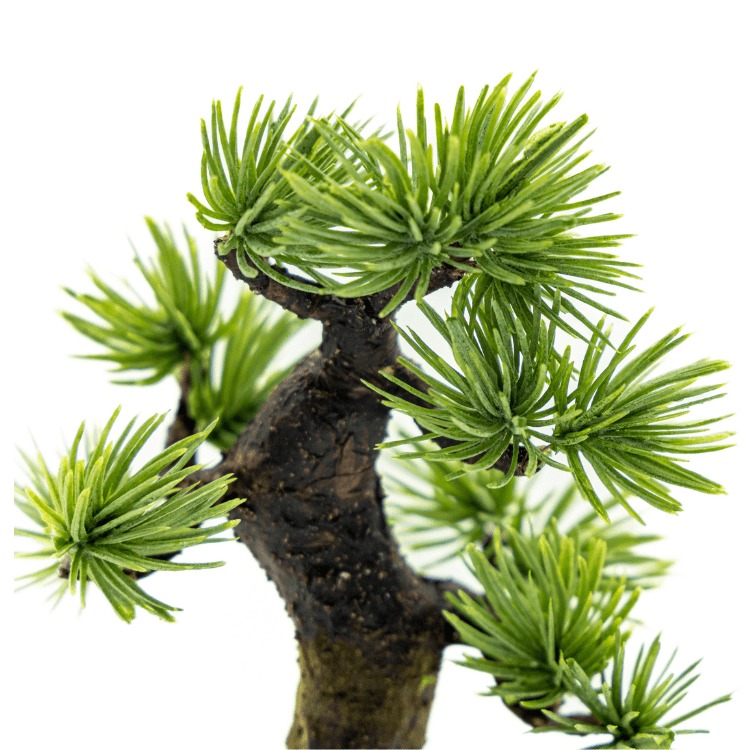
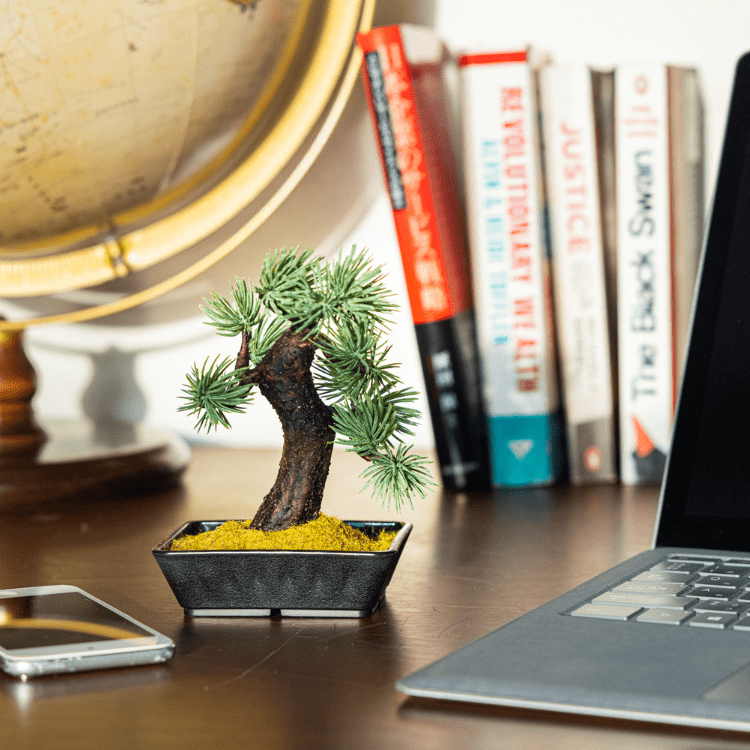
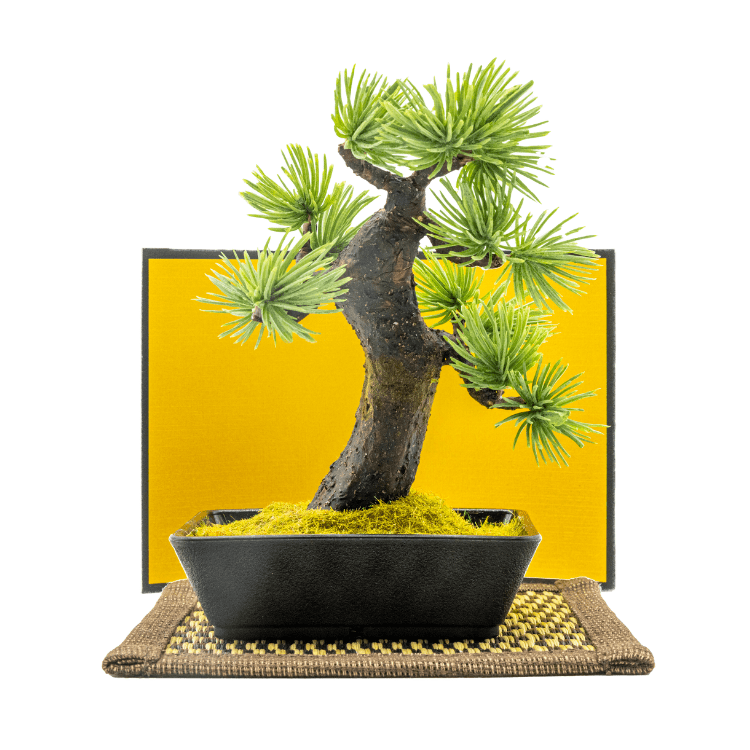
A-BONSAI Mini Bunjin
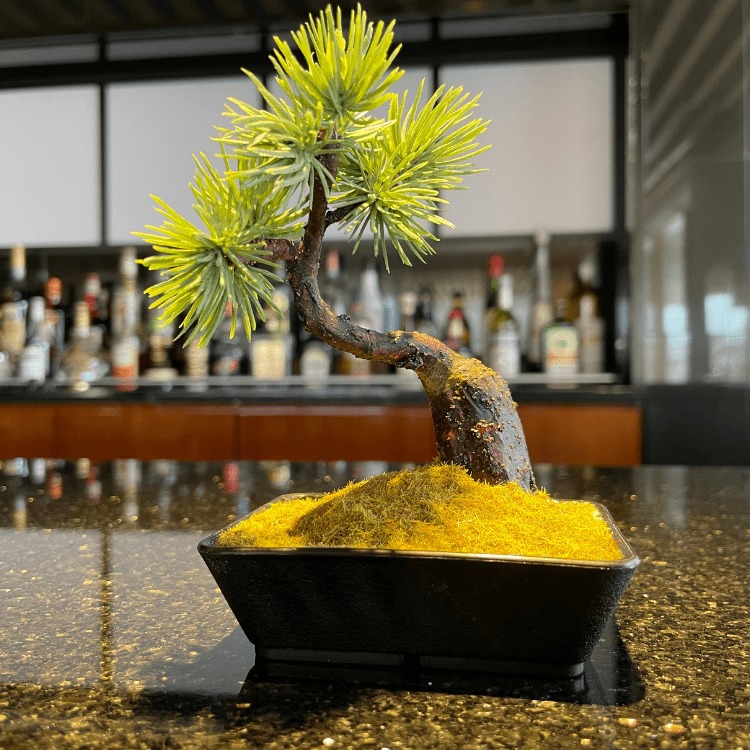
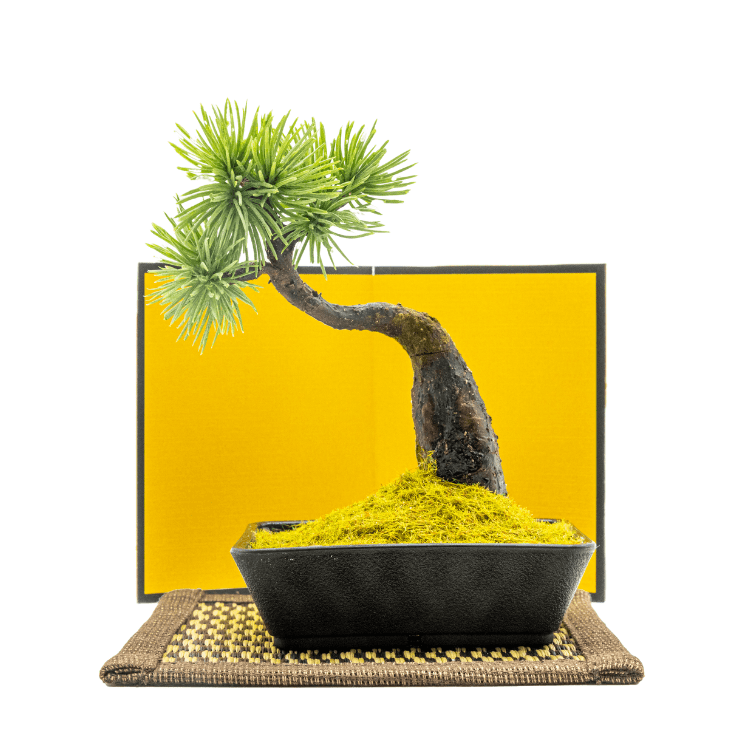
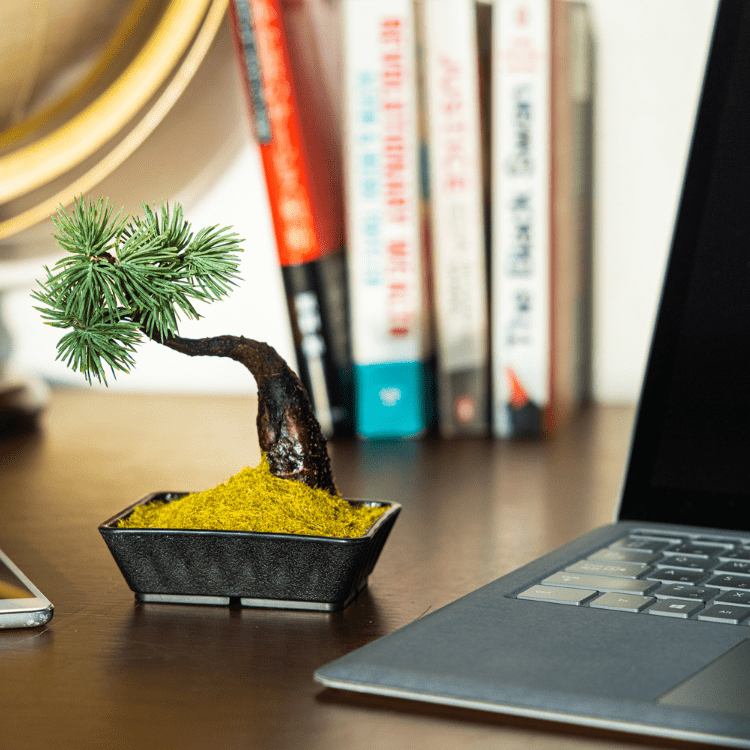
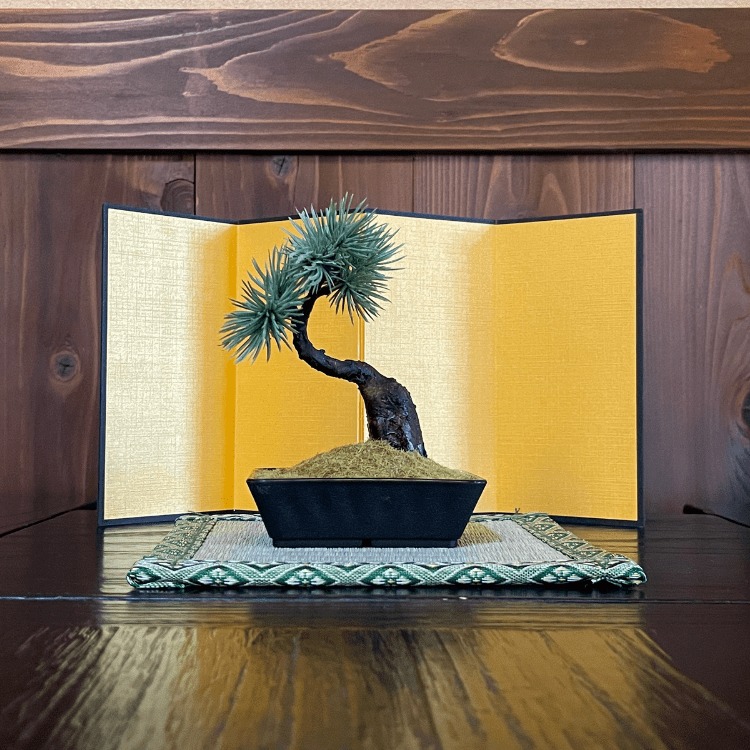
A-BONSAI Mini Kengai
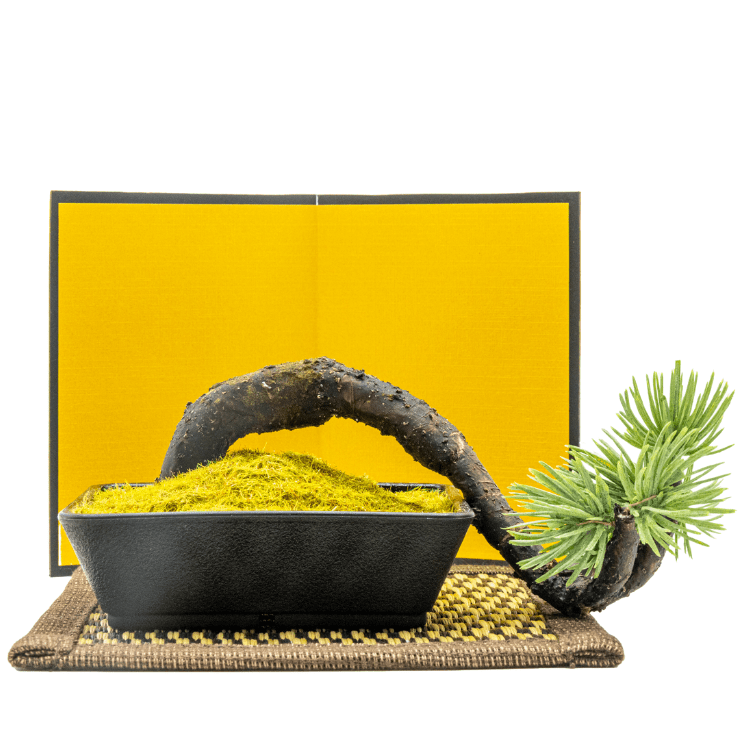
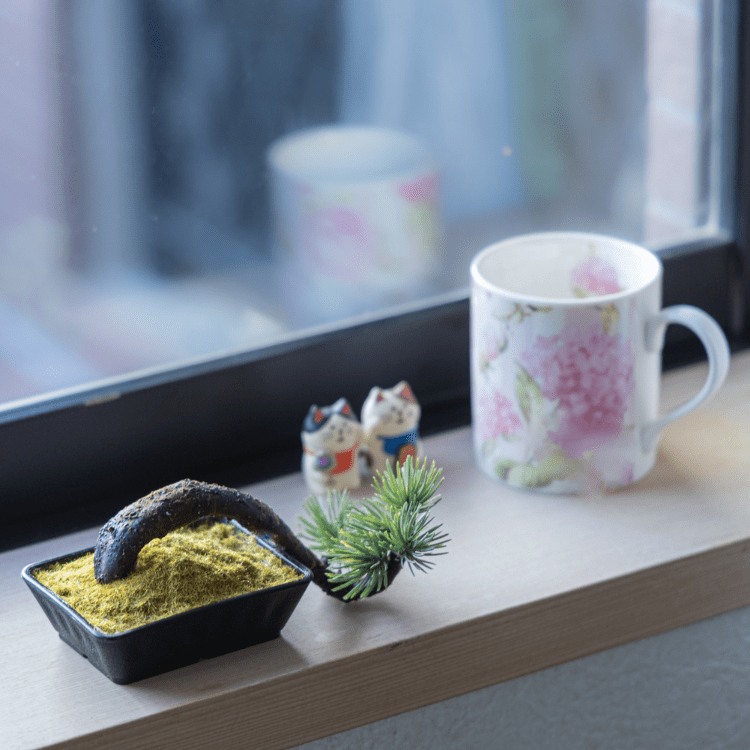
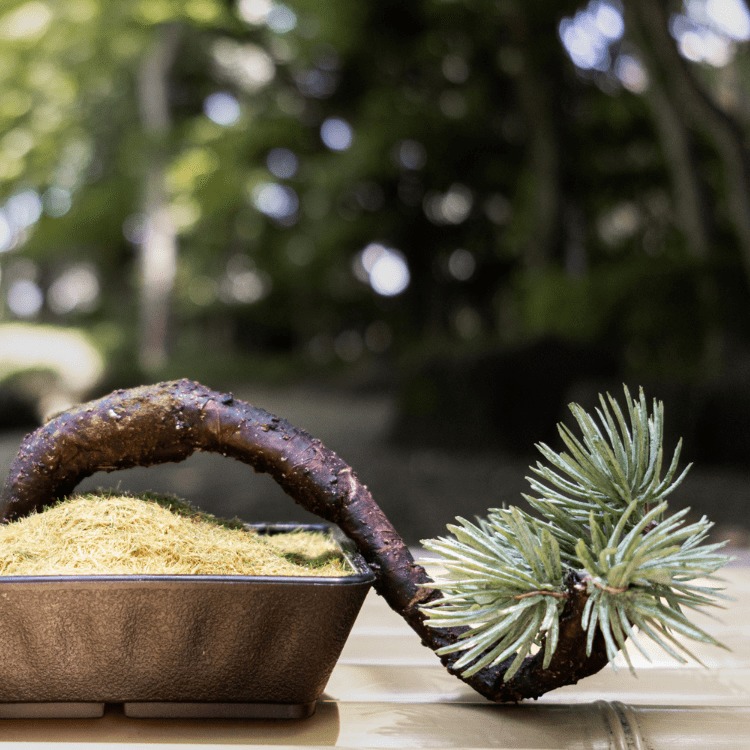
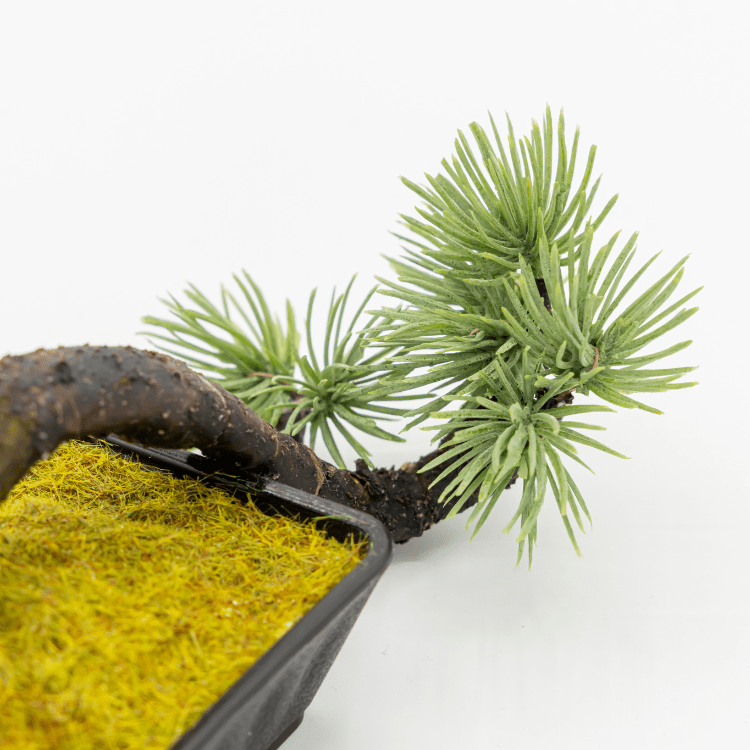
A-BONSAI Chokkan
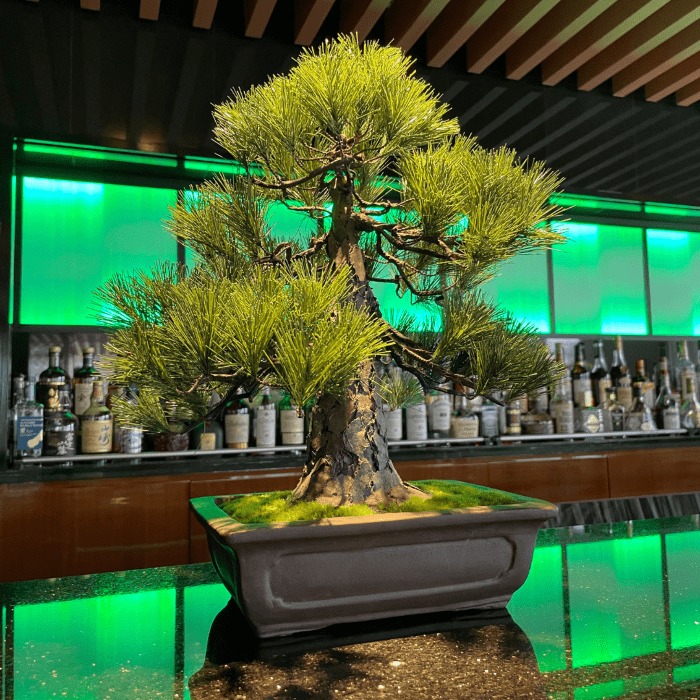
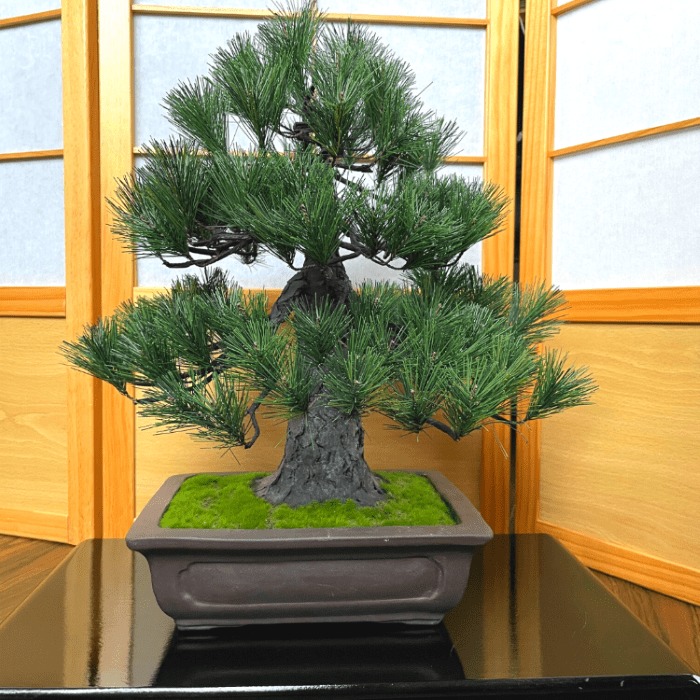
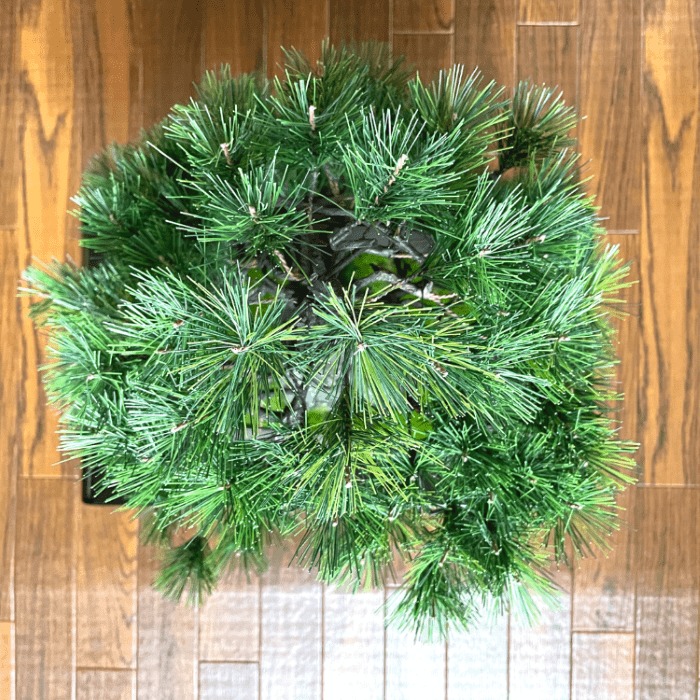
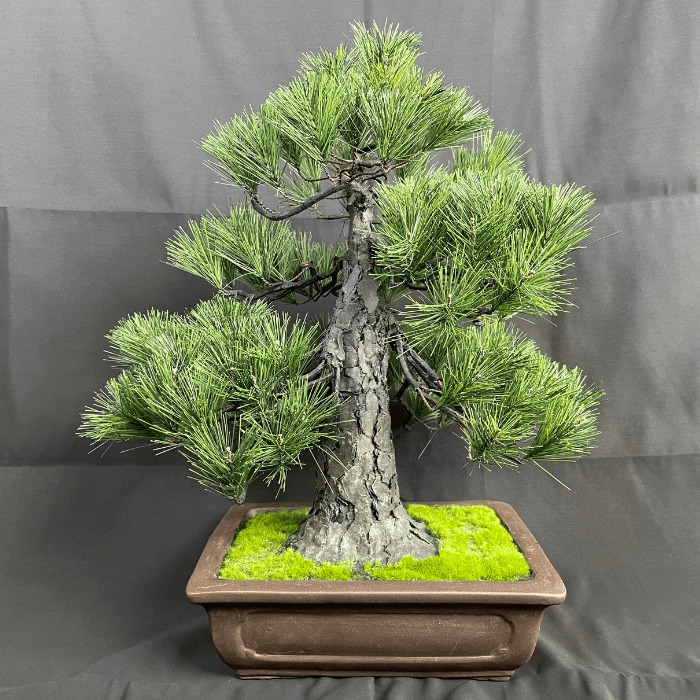
A-BONSAI Bunjin
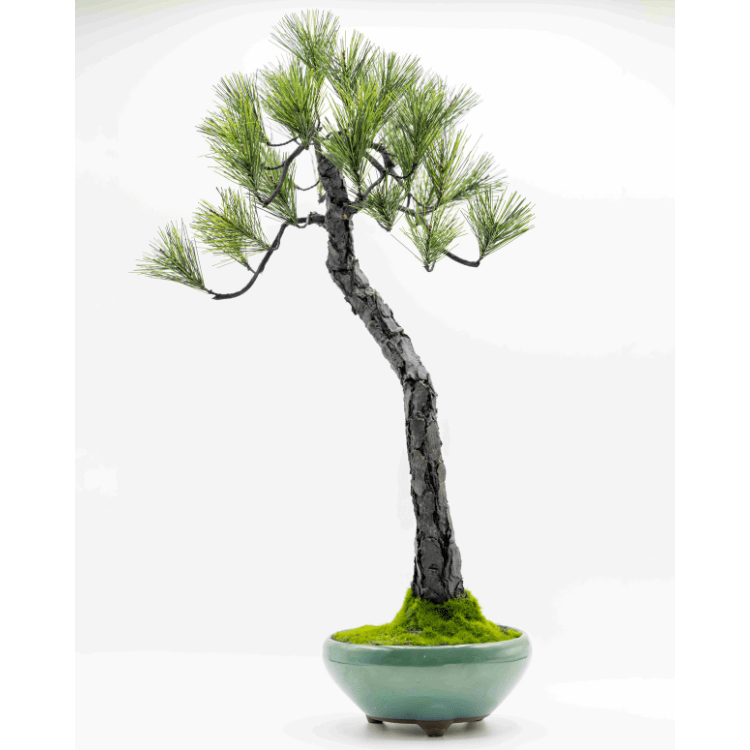
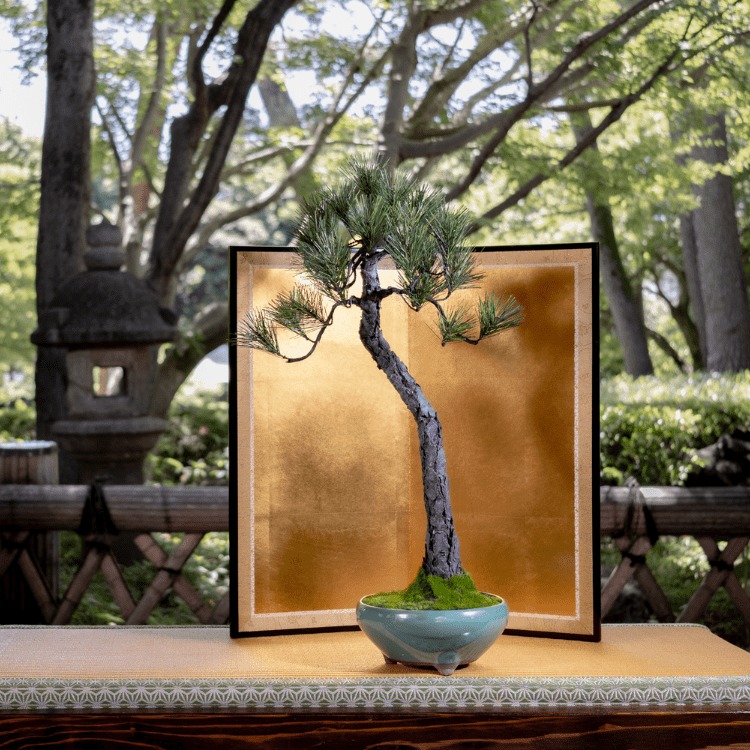
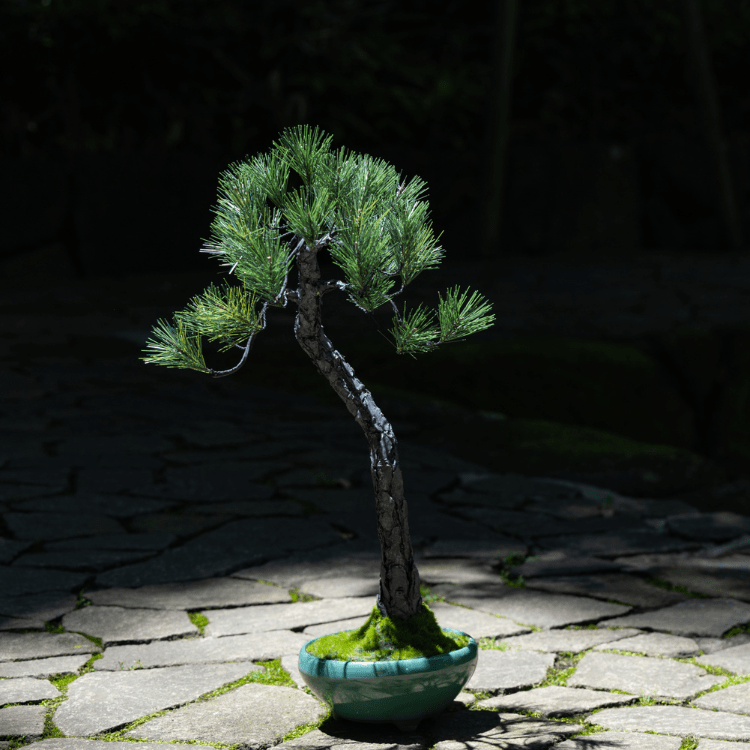
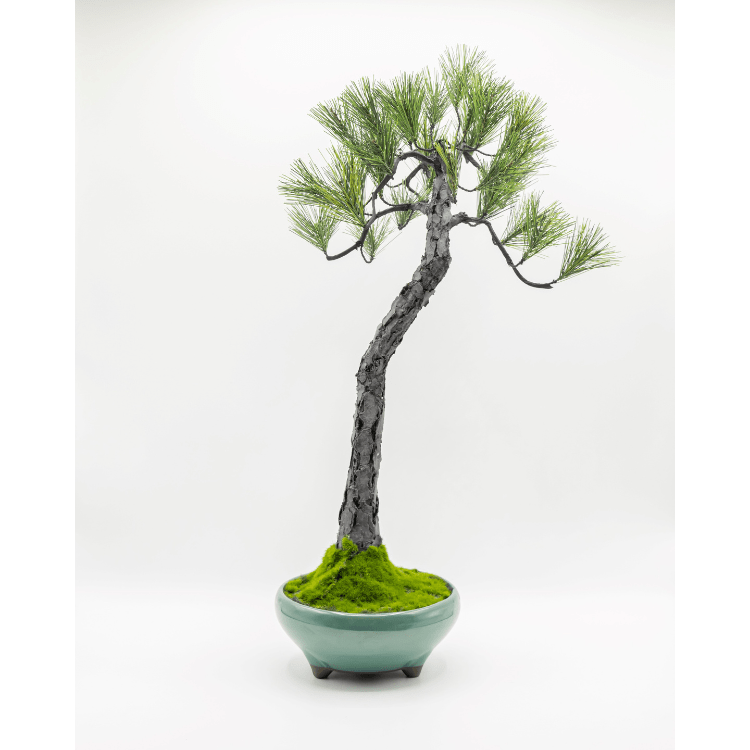
A-BONSAI Moyogi Goyomatsu
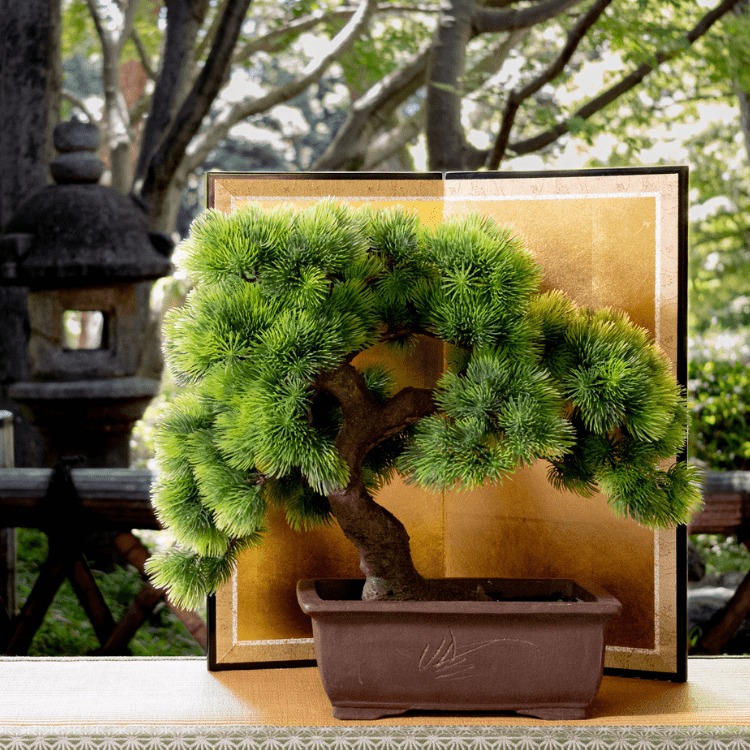
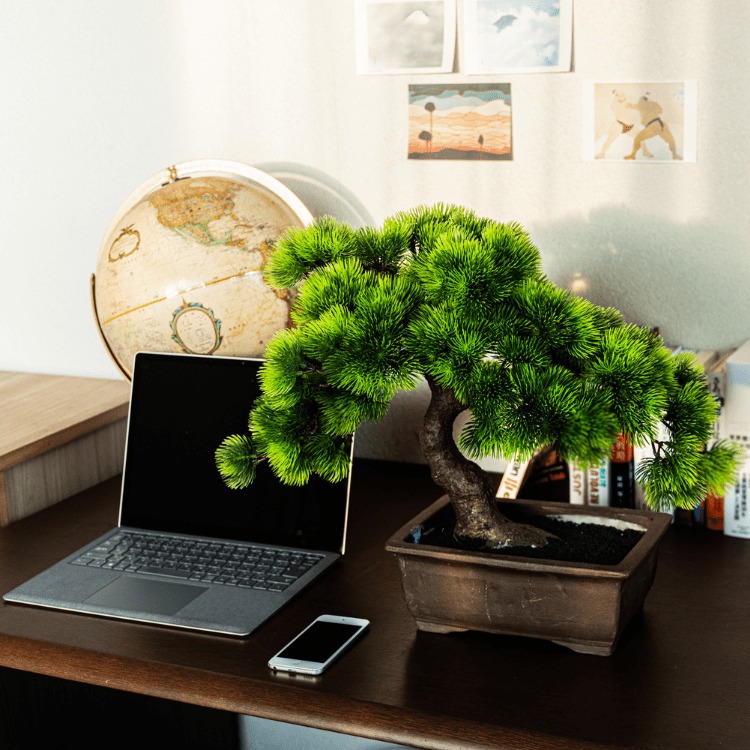
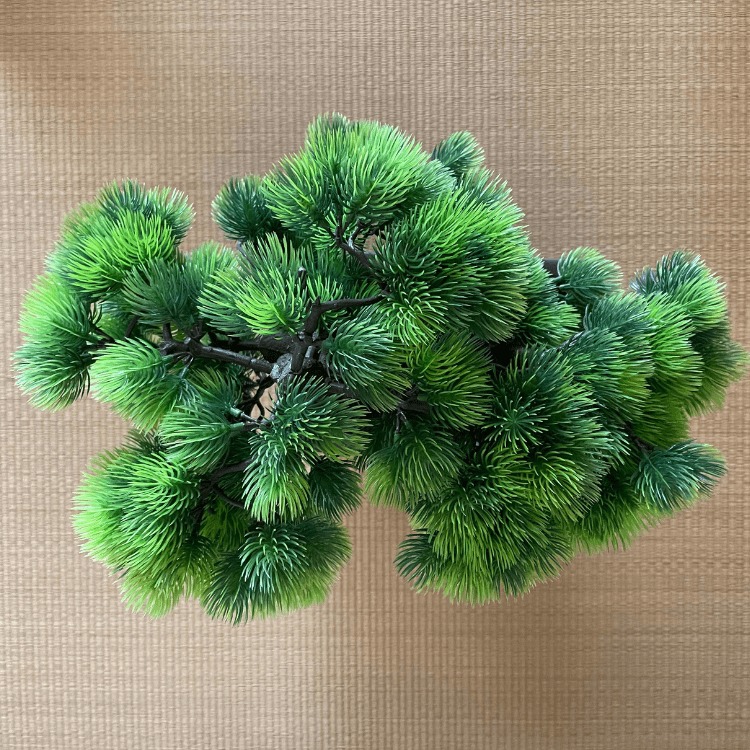
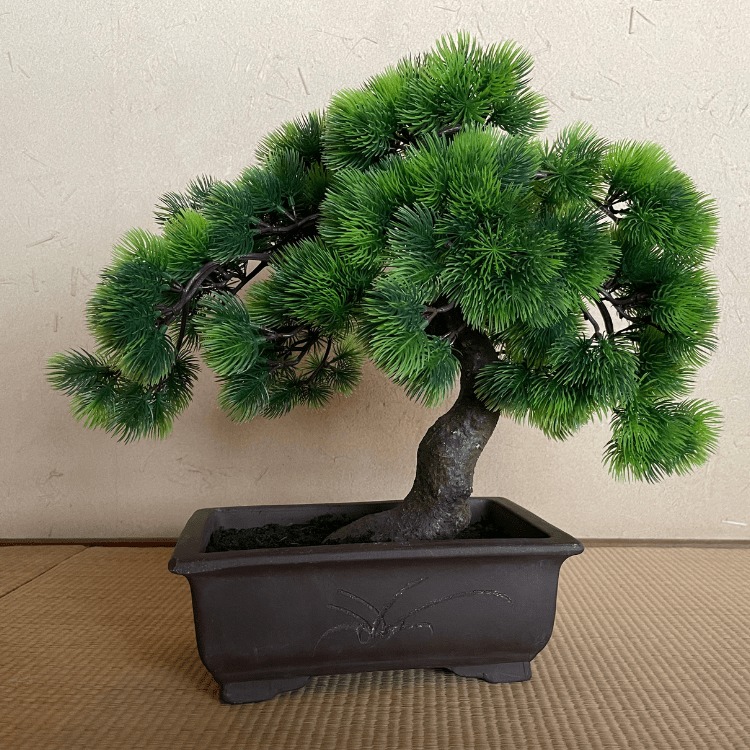
A-BONSAI Moyogi
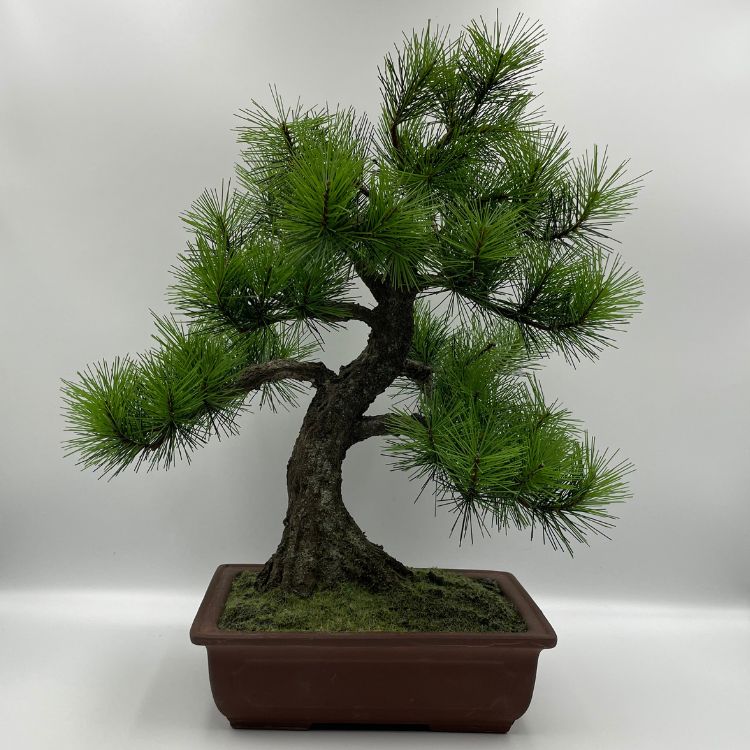
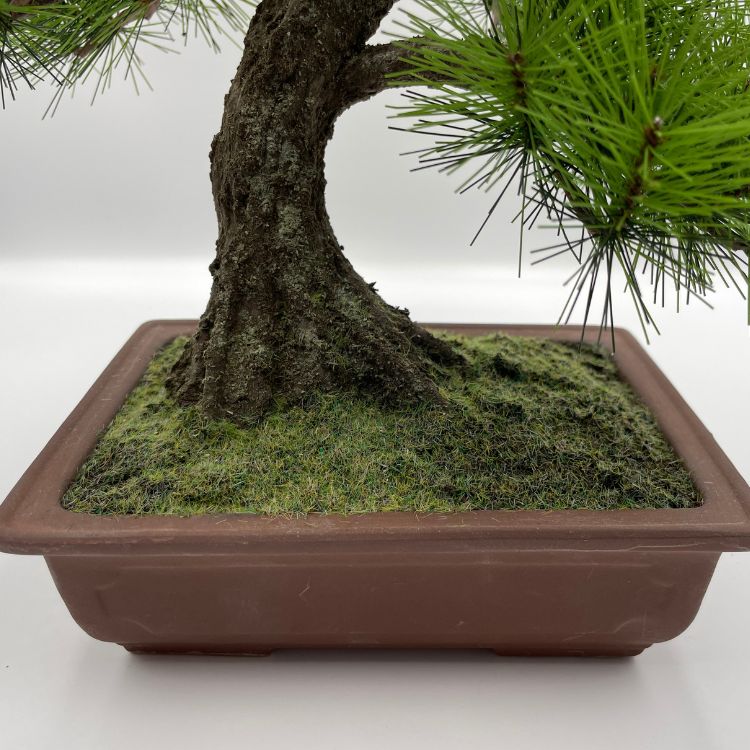
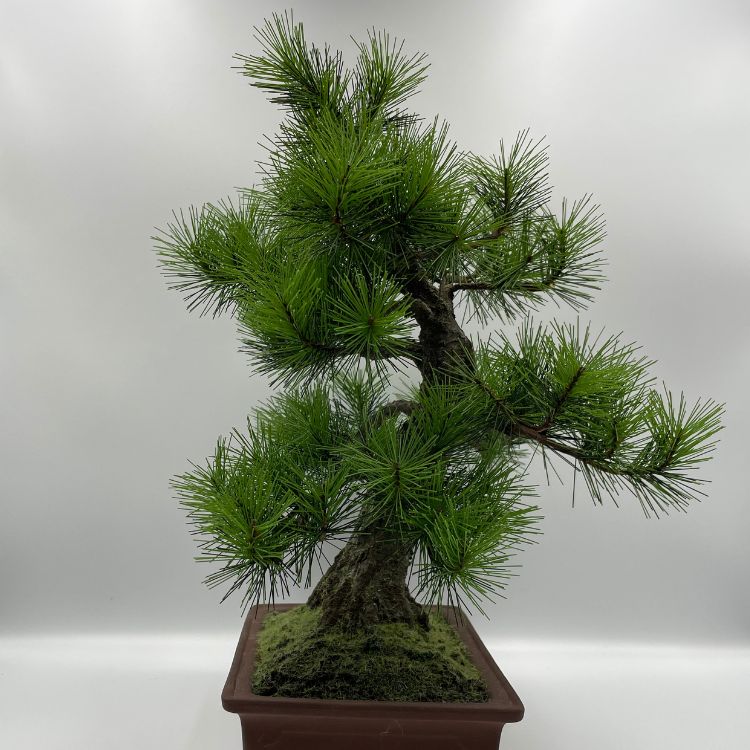
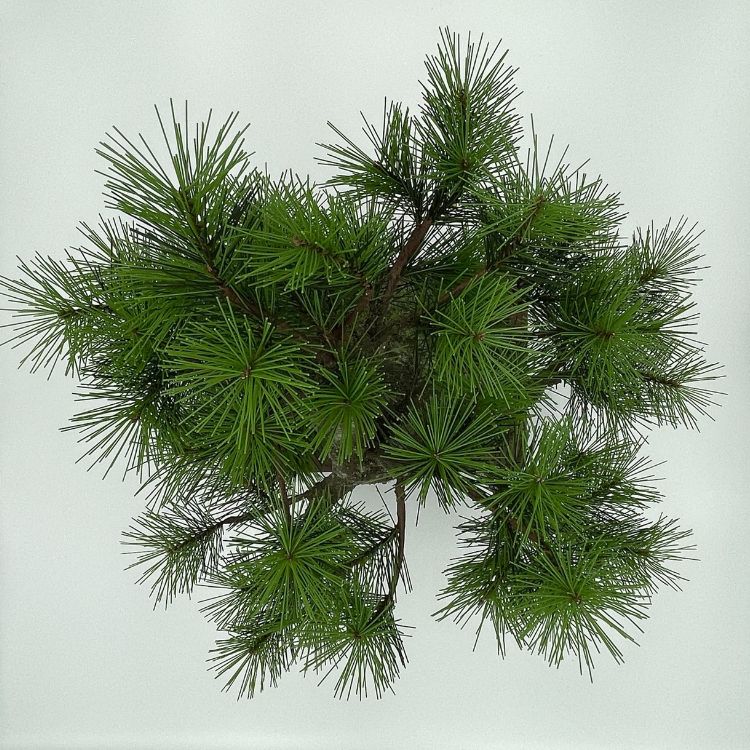
A-BONSAI Artcraft Bunjin
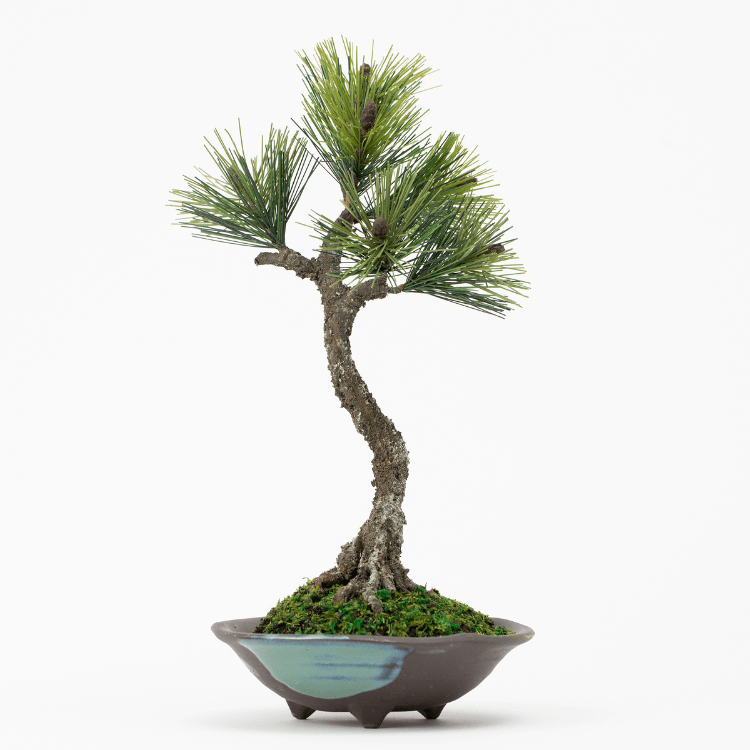
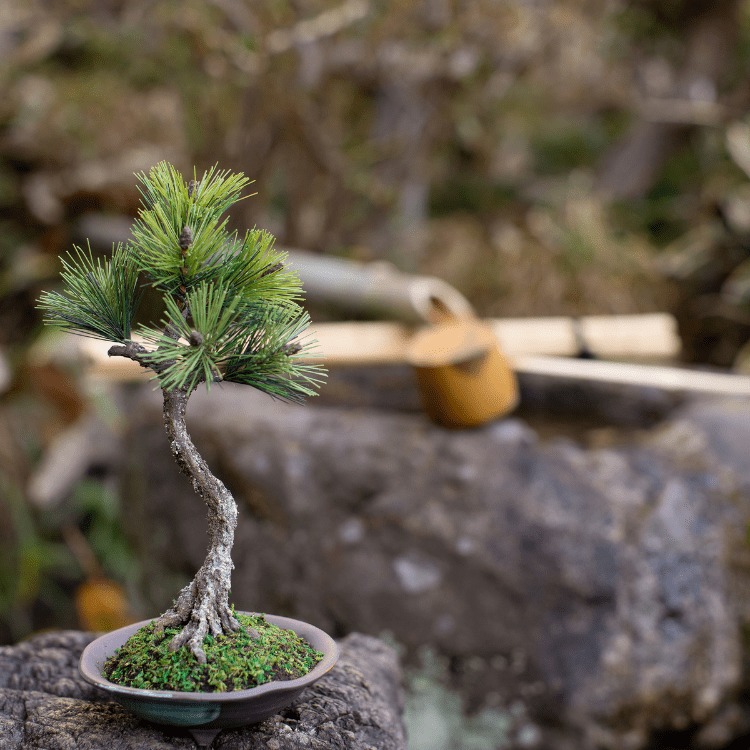
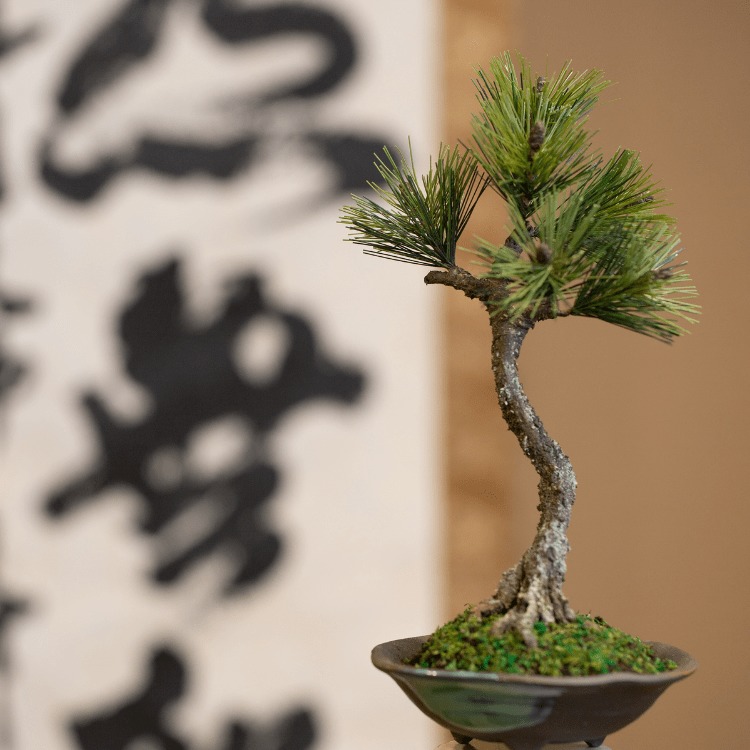
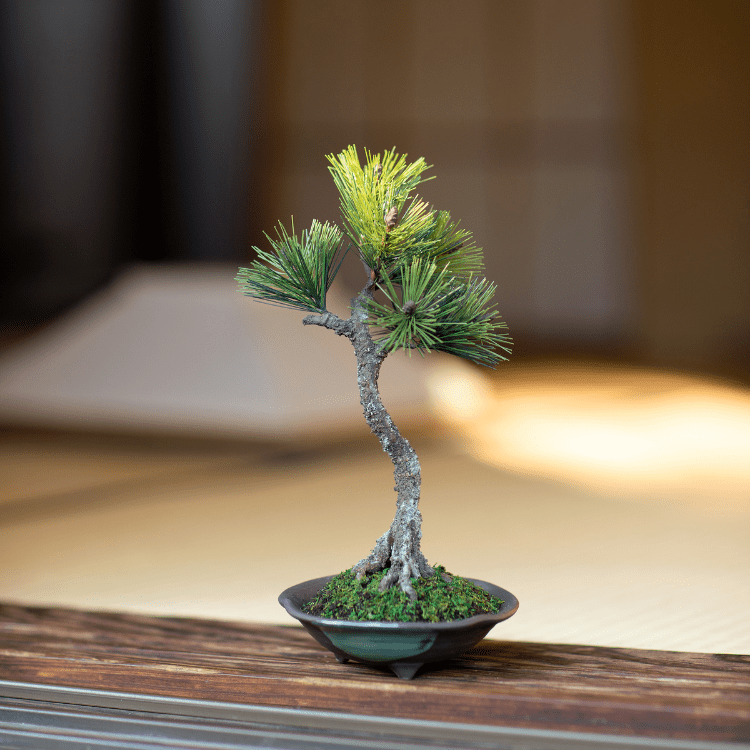
法人のお客様はこちらから取引内容をお問い合わせください。

